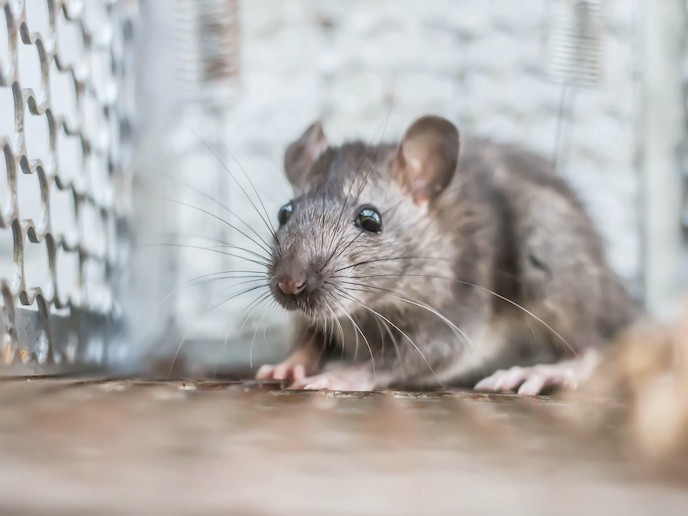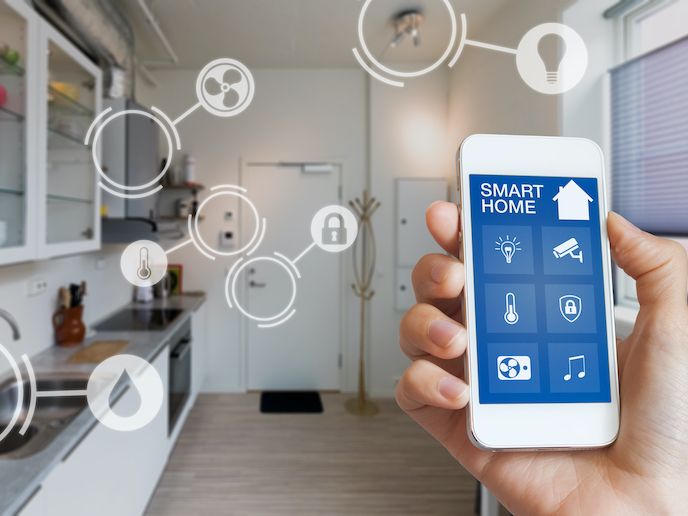A smart approach to pest control
According to the Centers for Disease Control and Prevention(opens in new window) (CDC), rats and mice are responsible for spreading over 35 diseases – many of them dangerous. These diseases can be spread either directly via contact with rodent faeces, urine or saliva, or indirectly through ticks, mites and fleas. One of the most efficient ways of preventing disease is using traps baited with poison (i.e. rat bait boxes). However, since the EU banned the use of preventative poison in 2016, pest control professionals have been looking for a suitable alternative. “The current business model for pest control companies is to manually inspect the boxes once every 3 months or so,” says Torben Redder, CEO of SENSORA(opens in new window), a Danish technology company specialising in the development of high-tech, sensor-based solutions. “However, for many customers, this model provides very poor quality as pest infestations can expand rapidly between the manual monthly inspections.” According to Redder, the problem is that the pest control industry has failed to leverage advances in technology to invent new solutions for coping with rat infestations. To fill this service gap, SENSORA, with the support of the EU-funded IPC project, has developed Rat1, an innovative sensor that, when placed inside the bait box, provides real-time monitoring and gives pest control companies the ability to react instantly.
Around-the-clock monitoring
Rat1 uses a patented combination of sensors and models to provide real-time monitoring. When a rat is monitored, the sensor sends an alert and the GPS location of the bait box to a central, cloud-based hub. Once received, the pest control company can go and start their normal pest control process, thus immediately reducing the risk of disease. Although simple sensor solutions for pest control have been available on the market for some time now, Rat1 represents a step-change in advanced intelligent solutions. For example, a key differentiator of the Rat1 solution is its ability to identify the type of animal in the bait box. “Our sensor solution dramatically increases the quality of pest monitoring by offering a 24/7 service,” explains Redder. “It also makes it possible to distinguish between rats and mice, avoid false alarms, and possibly avoid catching or harming protected species.”
A shift towards digital
Although SENSORA has experienced some difficulty getting pest control companies and public authorities to buy into a technology-based solution, things are changing. “As more and more digital solutions enter the market, pest control companies are seeing how this technology not only reduces the risk of rat proliferation but can also create a cost saving,” says Redder. “So, we’re slowly starting to see a shift away from traditional manual inspections and an acceptance of solutions like Rat1.” SENSORA estimates that the business potential for its smart rat control solution is nearly EUR 14 million in revenue and over EUR 8.5 million in profits within the first 5 years of its launch. The company is currently manufacturing the Rat1 product and expects that it will be available on the global market by 2022.







